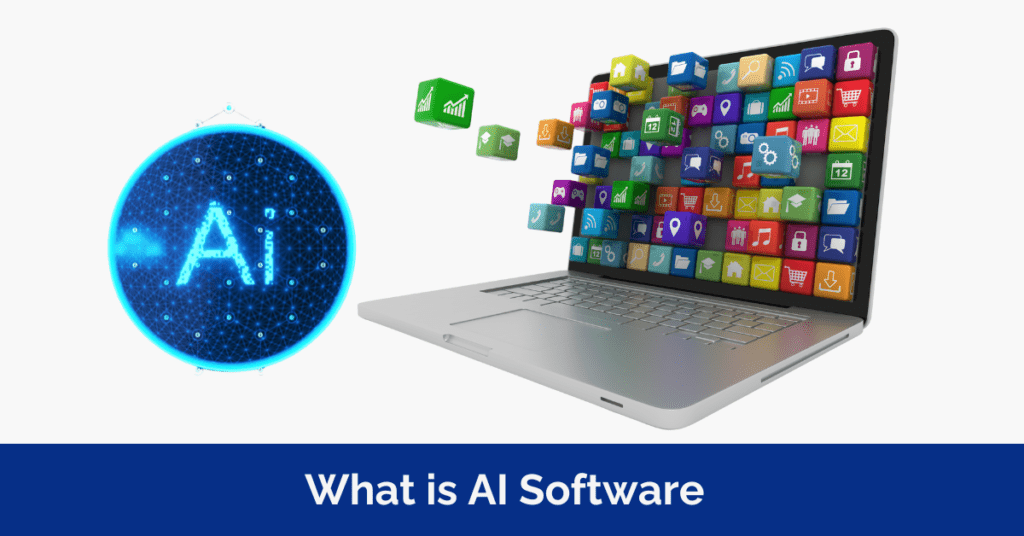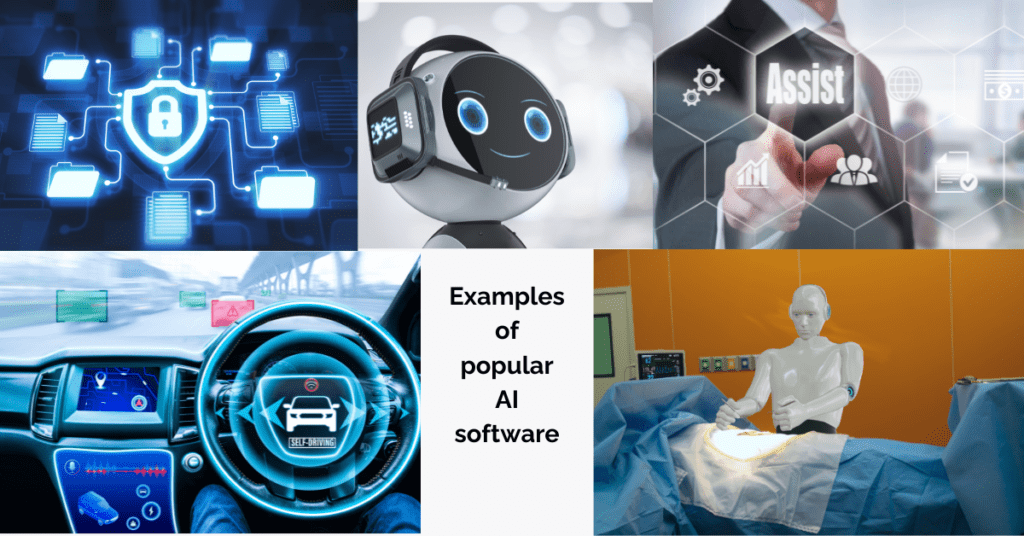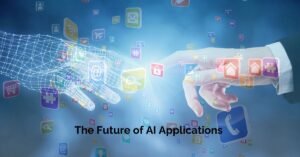
June 3, 2024

AI, or artificial intelligence, is a branch of computer science that deals with the creation of intelligent agents, which are systems that can reason, learn, and act autonomously. In simpler terms, it’s the ability of machines to mimic human cognitive functions like learning and problem-solving.
AI isn’t about creating a human-like robot just yet, though that’s a popular trope in science fiction. There are different types of AI, and most of them are focused on excelling at specific tasks. For example, the recommendation system that suggests shows you might like on Netflix is a type of AI, and the spam filter in your email is another. These are just a few examples of the many ways AI is already woven into our daily lives.
AI research is a rapidly growing field, and scientists are constantly developing new applications. AI is having a big impact on the world around us, from self-driving cars and medical diagnosis to financial trading and customer service. As AI continues to evolve, it has the potential to revolutionize many aspects of our lives.
AI, or artificial intelligence, is a technology that lets machines mimic human intelligence. It does this through a combination of data and algorithms. Here’s a simplified breakdown of how it works:
AI is a complex field, but hopefully, this gives you a basic understanding of how it works.
Artificial intelligence (AI) is important for a variety of reasons:
Addressing Global Challenges: AI has the potential to help us address some of the world’s most pressing challenges, such as climate change, disease, and poverty. For example, AI can be used to develop new renewable energy sources, design more efficient transportation systems, and personalize medical treatments.
Artificial intelligence (AI) is all around us, from the moment you wake up to when you go to sleep. Here are some examples of how AI technology is used today:
These are just a few examples, and AI is constantly being used in new and innovative ways. As technology continues to develop, we can expect to see AI play an even bigger role in our lives.
Artificial intelligence (AI) has become a powerful tool that’s rapidly transforming many aspects of our lives. Here are some of the widespread applications of AI:
These are just a few examples, and AI is constantly being developed and applied in new ways. As AI technology continues to evolve, we can expect to see even more innovative applications. Artificial intelligence (AI) has become a powerful tool that is rapidly transforming many aspects of our lives. Here are some of the widespread applications of AI:
AI is constantly evolving and finding new applications across various industries. It’s an exciting time to see how AI will continue to shape the future.
AI software, also known as artificial intelligence software, is a type of computer program designed to mimic human cognitive functions like learning and problem-solving. These programs are typically powered by machine learning algorithms that can analyze data, identify patterns, and improve their performance over time. This ability to learn and adapt makes AI software incredibly versatile, and it is being used in a wide range of industries and applications.
For example, AI software is used in facial recognition systems on smartphones to unlock devices or verify identities. In email programs, AI software powers spam filters that sort out unwanted messages and keep inboxes clutter-free. In the healthcare industry, AI software is being used to analyze medical images to detect diseases like cancer at earlier stages. And in the retail industry, AI software is used to personalize shopping recommendations for customers, based on their past purchases and browsing behavior.
Here are some of the common types of AI software:
AI software is a rapidly growing field, and new applications are being developed all the time.
AI software is designed to simulate human intelligence and perform tasks that traditionally required human ability, like decision-making, problem-solving, and pattern recognition. Here are some key things AI software can do:
Overall, AI software is making a big impact on many aspects of our lives. It’s being used to improve efficiency, accuracy, and decision-making in a wide range of industries.
AI software is all around us, from the virtual assistants on our phones to the recommendation systems that power our online shopping experiences. Here are a few examples of popular AI software:
These are just a few examples of the many ways that AI software is being used to improve our lives. As AI technology continues to develop, we can expect to see even more innovative applications in the years to come.

The world of AI software is booming, with new trends emerging all the time. Here’s a look at some of the hottest topics in 2024:
These are just a few of the exciting trends transforming AI software. As AI continues to evolve, we can expect even more groundbreaking developments in the years to come.
Popularity can be measured in different ways for AI software. Here are two interpretations:
There’s no single “most popular” AI software, but these are some of the leading examples depending on the category.
There are two main ways to define “leading” AI software companies: by market capitalization (company size) or by innovation and specific niche applications.
These tech giants are all heavily invested in AI research and development, and their AI products and services are used by millions of people around the world.
Here are some other notable AI companies making waves in 2024, though they may not be the biggest by market cap:
This is not an exhaustive list, but it gives you a good idea of the wide range of companies that are leading the way in AI software development in 2024.
AI software can be free or paid, depending on the specific tool and its capabilities. Here’s a breakdown:
Ultimately, the best way to determine the cost of AI software is to research the specific tool you’re interested in and see what pricing options are available.
There are many great free and open-source AI software options available, depending on your specific needs and interests. Here are a few of the most popular ones:
These are just a few of the many great free and open-source AI software options available. The best tool for you will depend on your specific needs and interests. Let me know if you’d like to explore any of these options in more detail.








@2023-2024-All Rights Reserved-JustAiTrends.com
One Response
Your article helped me a lot, is there any more related content? Thanks!